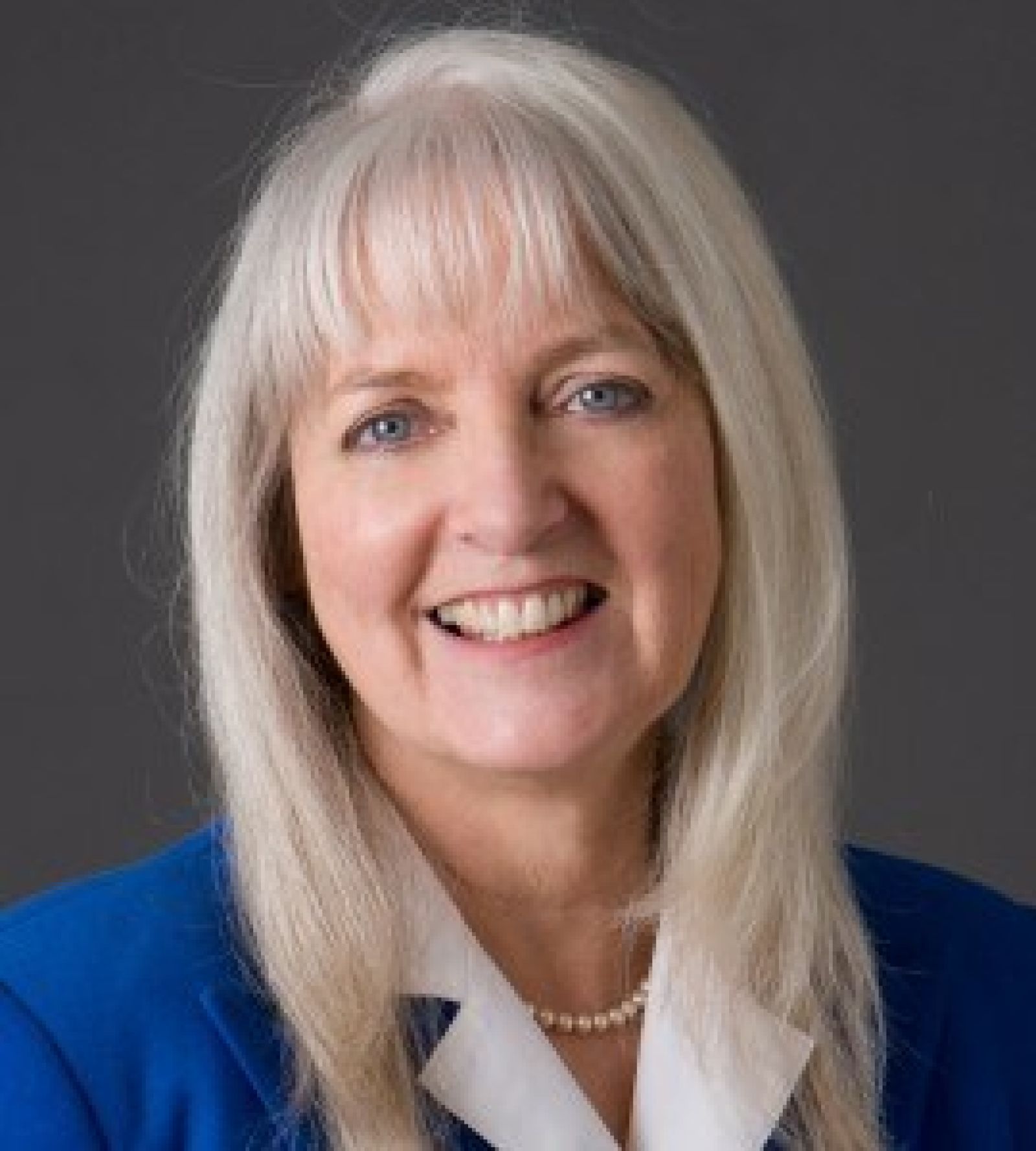Q&A with Barbara Lewis on using metrics to demonstrate the value of Patient and Family and Advisory Councils
Barbara Lewis, M.B.A., has been researching Patient and Family Advisory Councils (PFACs) for over 10 years and is currently finishing her doctorate degree at the University of Nevada, Las Vegas, School of Public Health. For her dissertation, Lewis is conducting a qualitative and quantitative study about PFACs.
Lewis is President of Healthcare PX and has co-chaired the Beryl Institute Global Patient and Family Advisory Board and Kaiser Permanente Southern California Regional Patient Advisory Council. Earlier in her career, Lewis worked in journalism and marketing. She holds an M.B.A. from UCLA. Lewis was the keynote speaker at the PFAC Spring Forum 2025 hosted by the Betsy Lehman Center last week.

Barbara Lewis, M.B.A.
Patient Safety Beat: You’ve observed that we lack data about PFAC performance. How do you suggest hospitals measure PFAC effectiveness?
Barbara Lewis: Hospitals can use specific types of measurement targeted to three different groups. According to the Agency for Healthcare Research and Quality, there are three types of measures: process, structural and outcome. Process measures involve numbers, like how many meetings you had, how many departments came and how many initiatives you undertook. Structural measures include the health system’s capacity and features, such as electronic medical records. Outcome measures, which AHRQ considers the gold standard, show how you changed or improved something — safety, for example.
Another way to think about measuring PFAC performance is from the perspective of the audience or participants. You want to know what PFAC members are thinking about the meetings they attend. Do they feel like their feedback is worthwhile? You also want to know if the departments working with the PFAC got the information they wanted. Were they satisfied with the process? And finally, you can learn about the initiatives themselves. Can you measure a before and after? The goal is to improve the experience of meetings for PFAC members and to also help the departments prove the value of PFACS by defining and measuring outcomes.
Patient Safety Beat: Where should hospitals start gathering data about PFACs?
Barbara Lewis: I suggest they start with simple surveys of the members of the PFAC and hospital departments. Those measurements can be both quantitative and qualitative. For example, you can ask members half a dozen questions on a certain topic, using a scale of one to five. You can use the same format to survey departments. On a scale of one to five, how would you rate our pre-meeting? How would you rate the discussion with PFAC members during the meeting? You can add a qualitative element to the survey. For example, please describe the benefit of the PFAC’s feedback. What was the most impactful idea you heard at the PFAC meeting? In each case, those qualitative responses can be used for testimonials and to show leaders that the PFAC is doing a great job.
Patient Safety Beat: What advice do you have for patients and family representatives serving on PFACs?
Barbara Lewis: They can talk to the leader or co-leads of the PFAC and the leaders of the hospital and encourage them to measure these initiatives. I know I sometimes sound like a broken record about measurement!
Ten years ago, in a national survey of hospitals, I was concerned to find that three hospitals had closed their PFACs. I contacted them and found that in each case, the PFAC closed following a change in CEO leadership. I wondered why that would cause the PFAC to close. I considered that an incoming CEO may ask questions about the PFAC, and without data, it may be hard to prove its value. I think we have to measure what we're doing if we want sustainability. So that's why I am into this.
Patient and family representatives who are interested in talking to their leaders about measurement may find an article I’ve written helpful. It’s available in the Journal of Patient Experience and describes how to build a case for why metrics are important.
Patient Safety Beat: How can PFACs contribute to patient safety?
Barbara Lewis: I would like to see PFAC members lobby to get on as many hospital committees as possible, especially the safety and quality committees, which tend to be among the first places where PFAC members volunteer. They can also meet with department heads and describe what the PFAC does, show some examples and explain the difference PFAC members have made. Again, it is very helpful to have some metrics.
Patient Safety Beat: Massachusetts was the first state to legislate the need for PFACs in hospitals. Where do we go from here?
Barbara Lewis: My vision is that all PFACs in every hospital in the state of Massachusetts begin some sort of measurement program. As the first state to legislate PFACs, Massachusetts is a lighthouse guiding the way for PFACs across the U.S., where only 55% of hospitals have a PFAC, and the world. By using quantitative and qualitative metrics, Massachusetts can prove the value of PFACs on the road to ensuring that every hospital has embedded the patient voice in health care through PFACs.
